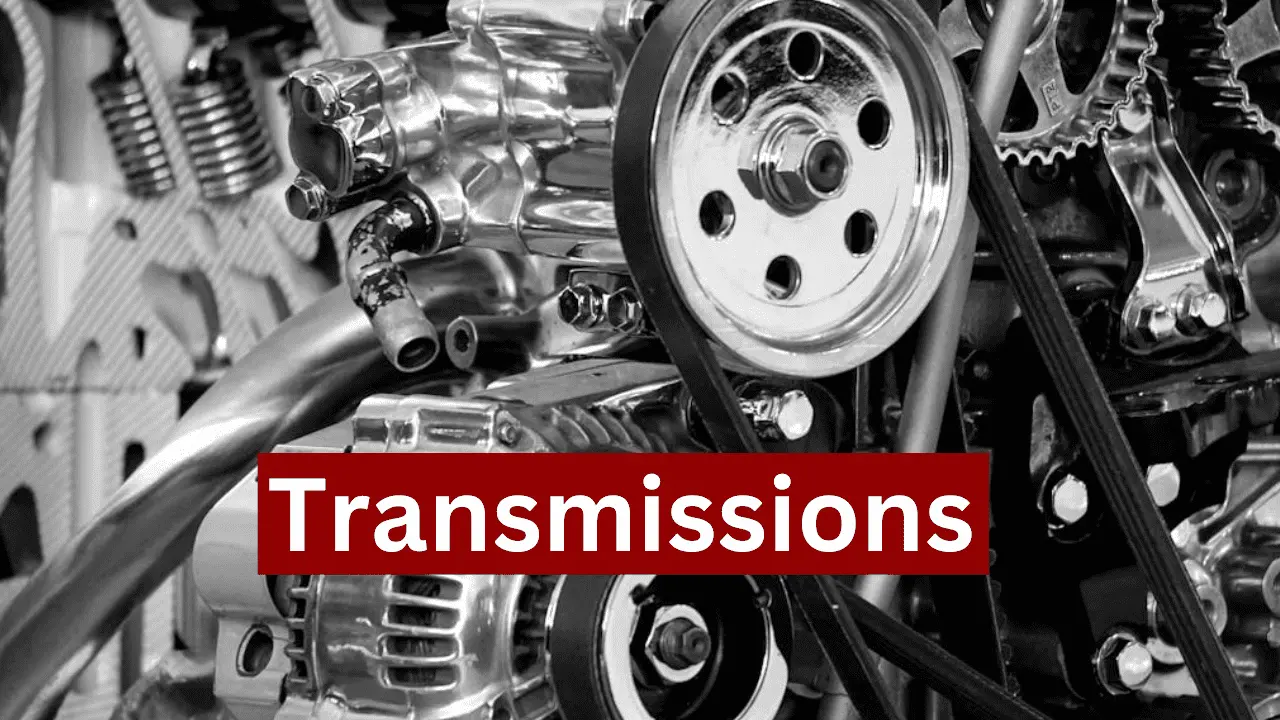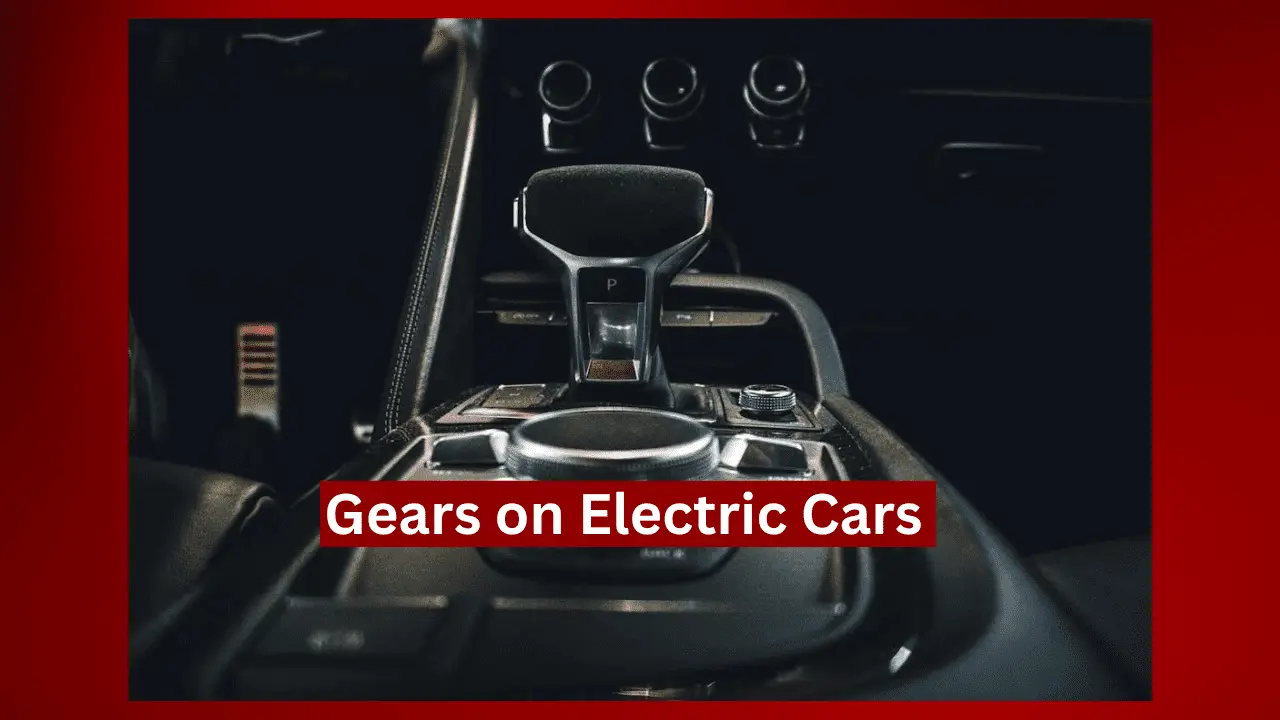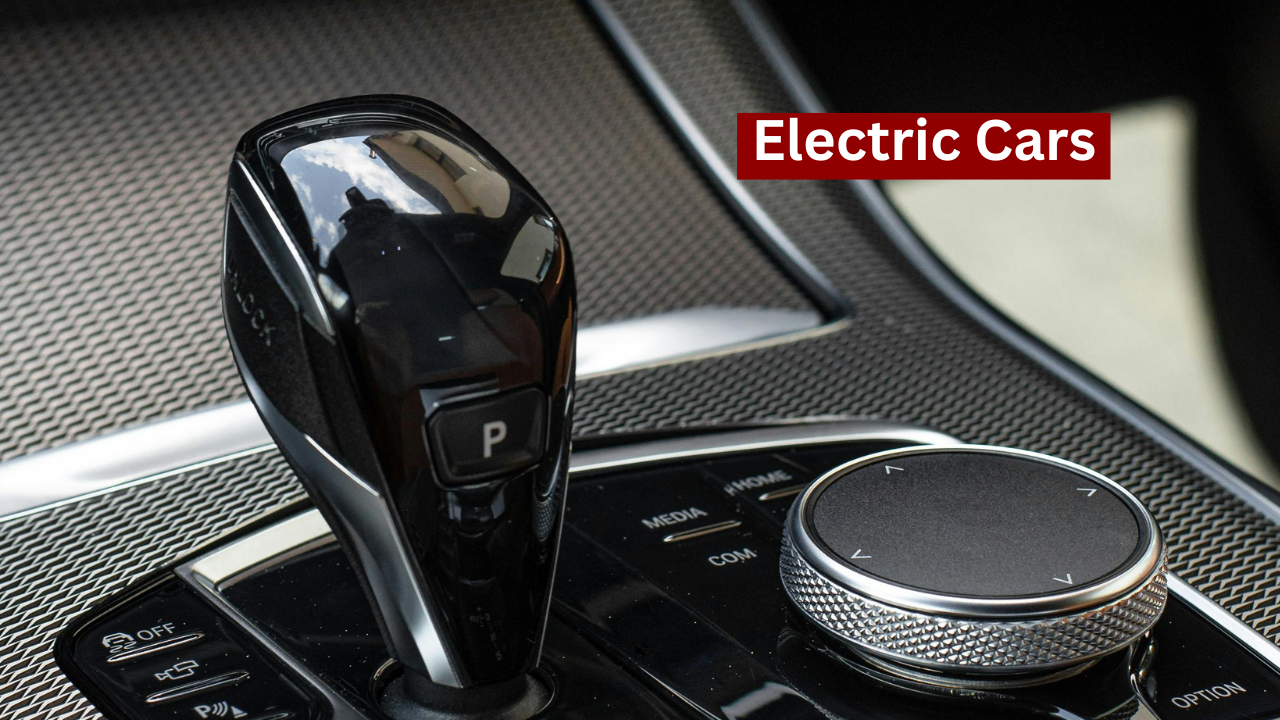Do Electric Vehicles Have Transmissions? In traditional internal combustion vehicles, multi-speed transmissions transfer power from the machine to the bus through a series of complex gears. Because combustion machines induce effective power only within specific ranges of revolutions per nanosecond (RPM), gear shifts are necessary to make sure the bus admits the right quantum of energy as the machine spins at different RPMs. An automatic transmission will describe changes in machine speed and shift gears as demanded, allowing the vehicle to distribute the applicable energy to the bus.

However, the arrival of electric vehicles has simplified this process significantly. In comparison to internal combustion machines, which must make up necklaces over time, EVs presently produce a constant quantum of necklaces through a wide range of RPM. The electric motor can distribute power to the wheels directly, eliminating the need for multi-speed transmissions and accompanying gear shifts. This makes driving easier and more comfortable, and it usually reduces the need for transmission repair and maintenance.
It’s worth noting that not all galvanized vehicle transmissions are the same. For case, Plug-in Hybrid Electric Vehicles (PHEVs) use a combination of an electric motor and combustion machine and bear a more traditional transmission to coordinate power delivery from both the motor and machine to the bus. An illustration of this is the 2024 Mazda CX-90 PHEV, which has an 8-speed automatic transmission that works to ensure power from the gasoline machine and electric motor is delivered efficiently to the bus. Let’s examine the subtle differences between EV transmissions and how driving is affected by them.
EV Transmission – Gears on Electric Cars
EVs do indeed have transmissions, but they work else from those set up in a standard gas-powered car, substantially because electric motors can produce near-immediate necklace, while internal combustion machines are not. Peak power happens incontinently – no need to “arouse” the machine! Does that make you wonder: “Do electric cars have gears?” Then you wouldn’t be by yourself.

While gasoline-powered cars can have a 6, 7, 8, or indeed 10-speed transmission, the instant power of electric cars means they need only a single-speed transmission. That means that it accelerates incontinently, using all the power in the EV as soon as you press down on the pedal. Here’s how it works:
- Walking on the accelerator causes the electric engine to draw power from the battery.
- The engine spins, so the gearbox spins as well-conditioned – this is the stint that refers to the transmission in an EV.
- As the engine and gearbox begin to rotate, the EV starts to transpose. Electric motors may spin at up to 20,000 rpm, while the majority of gas-powered engines only rotate at 7,000 rpm!
- Putting your EV into the rear causes the electric motor to spin backward, as opposed to a gas-powered vehicle where the transmission has a separate gear that moves in the rear.
EV Transmission Maintenance
One of the benefits of EVs is that they bear much lower conservation than their gasoline-powered counterparts, but that does not mean that they bear no conservation at all. It’s significant to observe your EV’s transmission in the utmost form the identical way you would any dissimilar car.
Types of EV Transmissions
Single-Speed Transmission – Typical for mostly Battery Electric Vehicles:
Utmost battery electric vehicles (BEVs) on the request use a single-speed transmission. These function by transferring the motor’s output speed and torque to the wheels of the car directly. When a driver presses the accelerator, electric power is incontinently transferred from the vehicle’s battery to the motor. The transmission simply regulates how important that power is eventually transferred to the bus, moving the vehicle forward or backward, depending on whether the transmission is set to Drive or Reverse.
Continuously Variable Transmission – Typical for many Hybrid Electric Vehicles:
Continuously variable transmissions (CVTs) are generally set up in conventional hybrids and sometimes in draw-in hybrid electric vehicles. Hybrid cars use this system in confluence with the electric motor. The electric engine can help the gasoline motor during acceleration or work autonomously at low speeds. To provide the precise amount of torque required, the CVT simultaneously adjusts the gear ratio.

Do Electric Vehicle Transmissions have Gears?
Unlike gas-powered cars that bear multi-speed transmissions or CVTs to transfer constantly varying quantities of machine power to the bus, utmost electric vehicles can shoot a harmonious sluice of smooth electric power to the bus. Still, some automakers are experimenting with two-gear transmissions to elevate the driving experience. Shortly, these gearboxes may improve the performance of electric vehicles by maximizing the motor’s power output for particular driving scenarios, such as high-speed cruising, quick acceleration, or effective low-speed driving.
The Future of Electric Car Transmissions
The future of electric car transmissions looks promising as manufacturers continue to explore new technologies to improve efficiency, performance, and driver experience.
As EVs and HEVs become more commonplace, manufacturers are exploring new technologies to ameliorate availability, effectiveness, and performance. One emerging trend is the use of advanced technologies to optimize the motor’s power affair and ameliorate overall effectiveness. As an example, in-wheel motors are now a feature on certain electric automobiles, eliminating the need for a conventional transmission. These motors are mounted directly into the bus, enabling precise power delivery and perfecting running, traction, and effectiveness.
As the EV request continues to expand and develop, we can anticipate ongoing invention and progress in this field. Manufacturers will continue to experiment with further different results, each acclimatized to meet the different requirements of a wide range of motorists. The future of electric vehicles looks promising, and we can anticipate to see significant developments in the times to come.